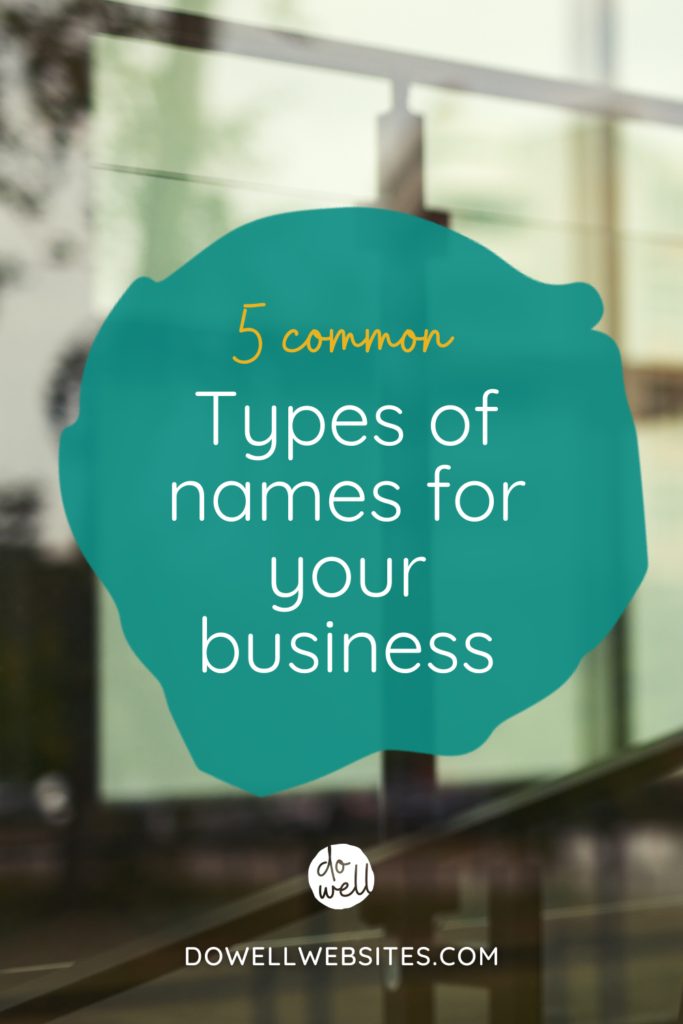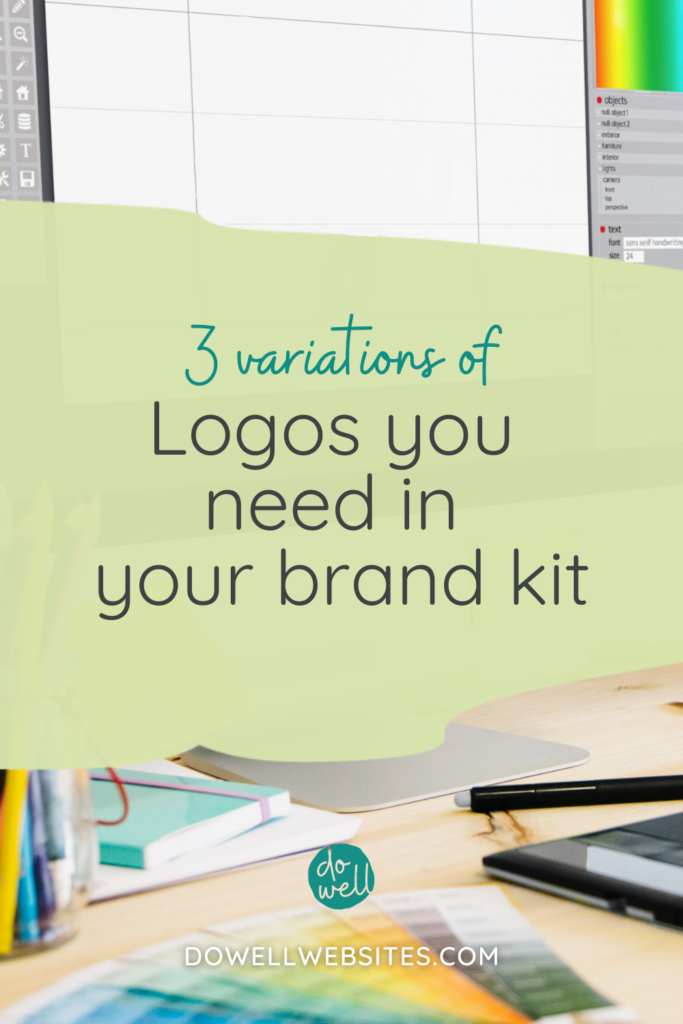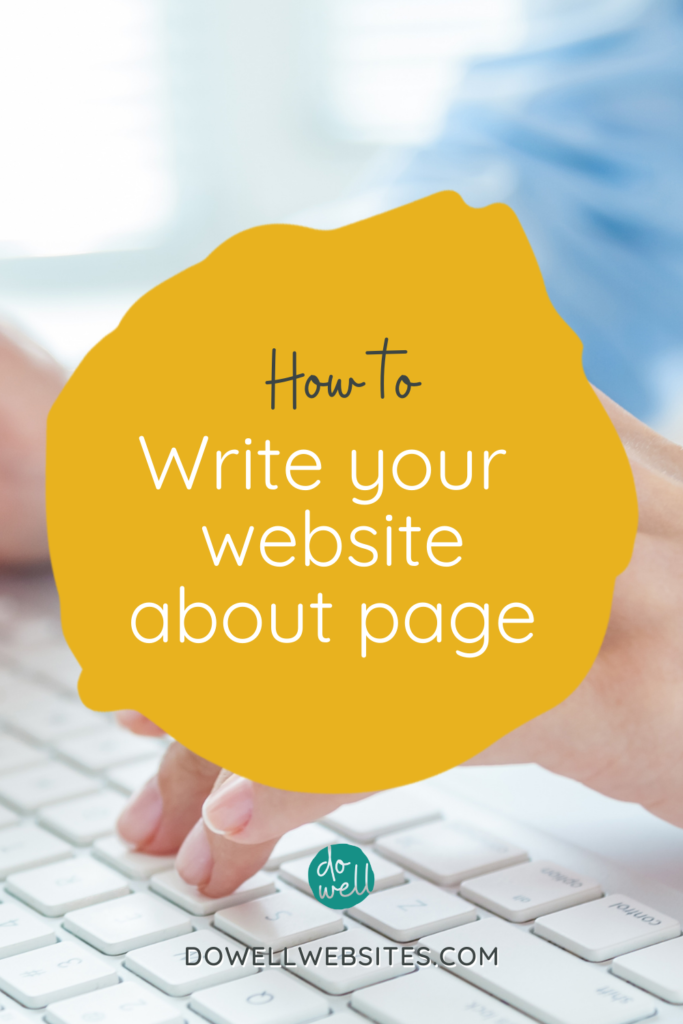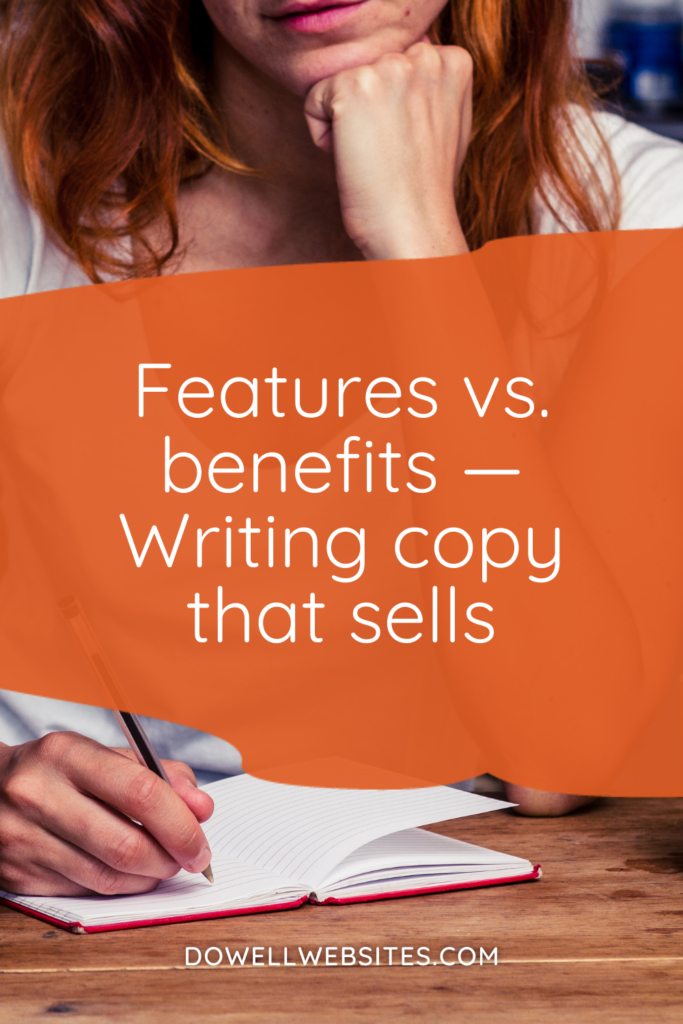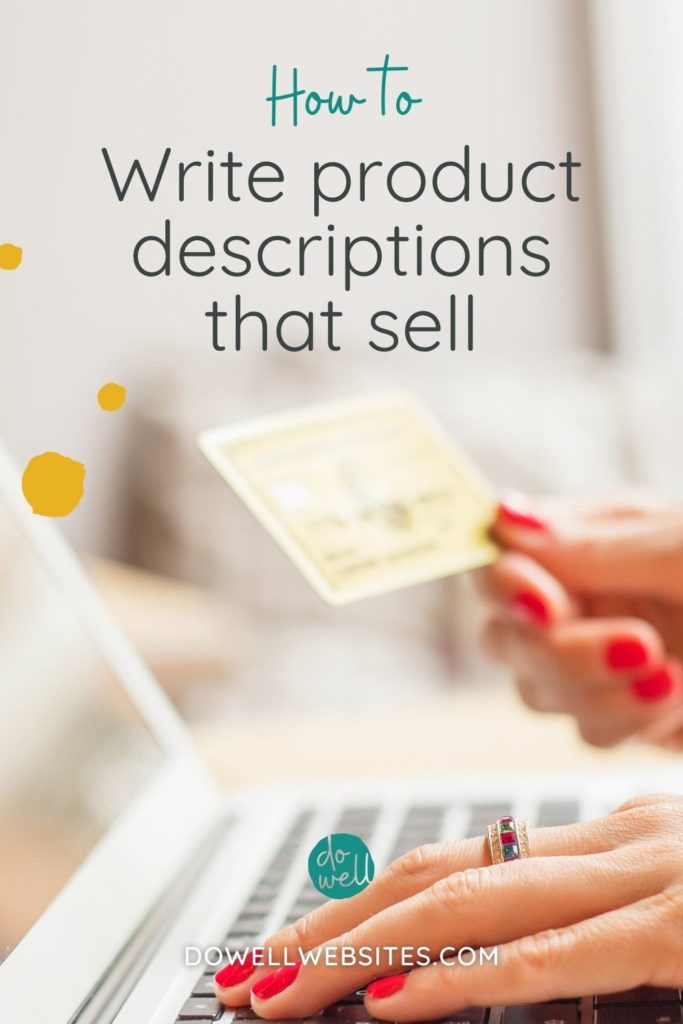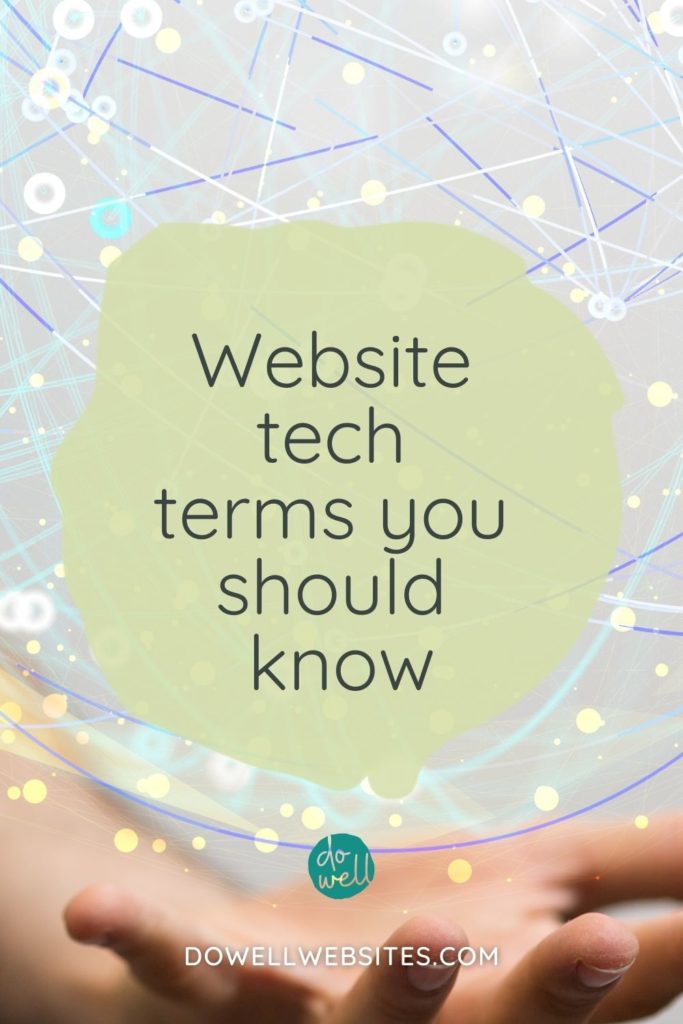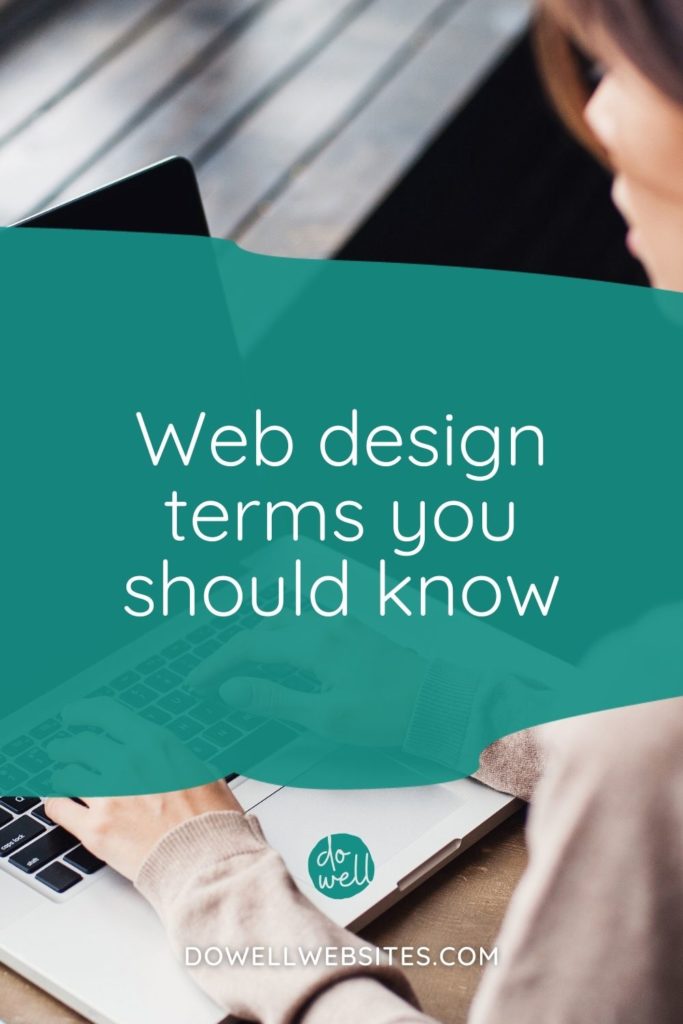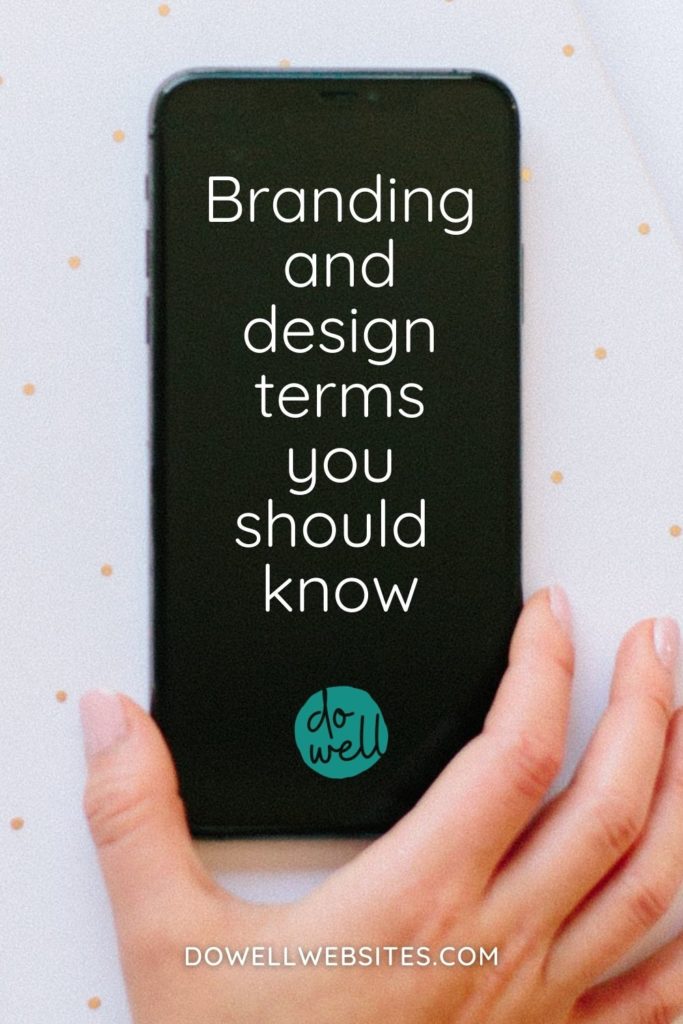
Are you more of a visual learner?
Here’s a video version of this post.
Branding and design terms you should know (Part 2/4)
When it comes to creating your brand and all of the graphics needed for your business you may have already found that there are a lot of technical terms thrown around and sometimes it can get confusing.
Have no fear though, I’m here to help.
Brand
People throw around the word brand a lot, but is your brand your business or is your brand your logo? A brand is actually how your business is perceived and what allows your business to stand apart from your competition.
It’s the consistent look and feel, personality, and voice that filters into every aspect of what you create. It’s what creates an emotional response and provides an experience for your audience.
Brand Identity
A brand identity then is the visualization of a brand. It’s what makes you instantly recognizable to your audience.
This consists of things like your logo, your website, your social media posts, your packaging, etc.
Logo
A logo is a visual shortcut to your brand. It’s job is to take meaning from your brand and give it a physical appearance.
It’s an easily recognizable design element that uses your specific colors and often includes a business name, a symbol, or a combination of the two.
Brand Personality (or Brand Attributes)
Your brand personality is the key adjectives that best describe your business as if it were a person.
These key adjectives should be used as a guide as you create all of your content and visuals. They will help you make your brand unique and recognizable.
Brand board (or Mood board)
A brand board is where you create a collection of images, fonts, patterns, and colors to inspire your entire brand.
The goal is to visually translate your brand personality with imagery and put it all together in one place.
Color Theory
Color theory is the study of how colors make people feel. Certain colors can evoke certain emotions and can also inspire a certain response — so this is important when choosing brand colors.
Palette
Speaking of brand colors, a color palette is the selection of colors that you’ll use for your brand. There are two main color formats – those that are used in print and those that are used online.
CMYK
CMYK is a color format that is used for print. The acronym stands for cyan, magenta, yellow, and black — the four colors used in the printing process.
RGB
RGB is used for digital purposes. This acronym stands for red, green, and blue — the three colors combine to create a broad array of colors.
Hex code
A hex code (or hexadecimal code) is a six-digit code used to represent RGB colors online.
Typography
What about the words on your designs? Well, that’s typography. It’s the arrangement of letters and text in a way that’s visually appealing, legible and clear.
Type helps to bring your brand personality to life through use of font style and structure.
Kerning
The amount of space between two characters in your type is called kerning. Designers often adjust the kerning in order to achieve a better balance of space between each character.
Leading
Leading, on the other hand, refers to the space between lines of type. Increasing the leading allows the text to have breathing room while tightening it can cause tension. The goal is to find a nice balance.
Brand Style Guide (or Guidelines or Standards)
A brand style guide is a rulebook to provide guidance for understanding a brand and keeping it consistent as materials are created.
It lays out all of the elements the brand is made up of and specifies how they all work together.
Brand Assets
The individual elements that come together to form the brand your dream client sees are called brand assets.
These are the fonts, colors, image style, patterns, and resources that must work together in order for a brand to show up cohesively.
Hierarchy
One of the main things a designer thinks about when creating a layout is hierarchy.
This is how you arrange your elements so that your viewer knows instantly what is most important. You can also use hierarchy to lead your viewer’s eye through your design.
Alignment
Balance is so important in creating a pleasing design, so alignment is key. It’s the lining up of elements to achieve order and structure.
Margins
In print design, google docs, or in social media graphics you create, margin would be the space around the edge of a page or layout.
But in web design, margin is the space around the outside of any element, like a block of text or an image, for example. It’s kind of like personal space — it’s how much space is between an element and the other elements around it.
Padding
Padding on the other hand, refers to the space inside of an element on a website — between the content and its edge.
White Space
Both margin and padding can help to create white space or ‘negative space.’ These are areas of a design that are not filled with content. And even though there’s no content in these spaces, white space is one of the most important design elements. It helps to let a design ‘breathe’ and keeps designs looking clean, simple, and overall less complicated and confusing.
And less confusing is always better and exactly why I’m creating this 4 part series about terminology you need to know when running your online business. Because I want you to be clear on things!
If you missed the 3 other posts that go over the basic terms you need to know, click the links below:
Digital marketing terms you should know (Part 1/4)

Hi, I'm Alli McAuley.
I help passionate entrepreneurs, like you, create a strategic brand and website that stands out to your dream clients so you can run a successful business online.
My ultimate goal is to empower you with the tools you need to live your best life by doing the work your love.

